
A new rule will reduce pollution by limiting the sale of non-zero-emission cars.
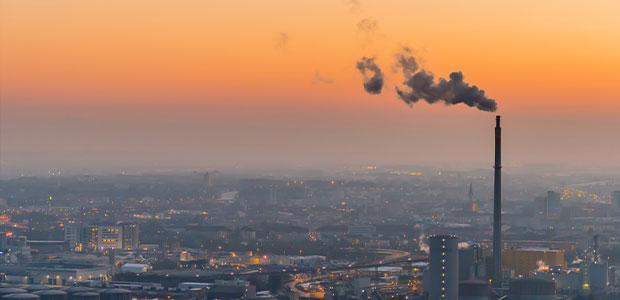
Air monitoring projects can help reduce pollution in underserved communities.
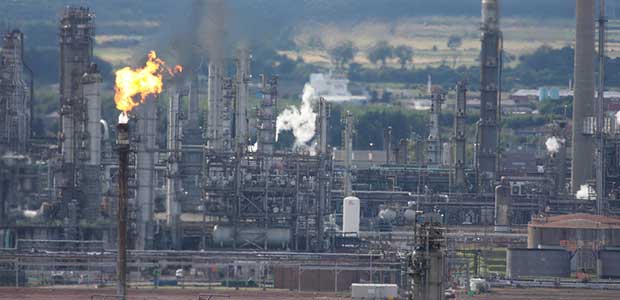
The company will cut flaring at six U.S. chemical plants in Texas and Iowa to reduce harmful air pollution.
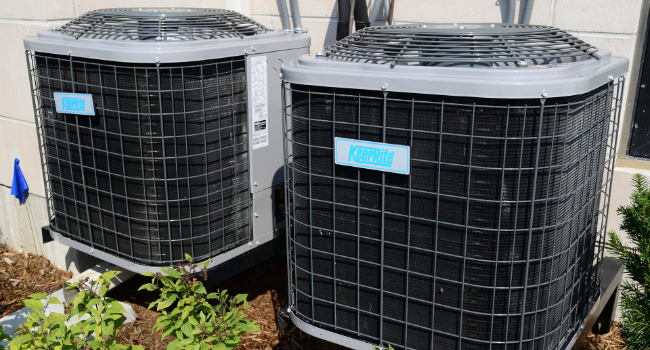
Recently, the United States Environmental Protection Agency (EPA) announced it is granting or partially granting 11 petitions that were submitted under the American Innovation and Manufacturing (AIM) Act to restrict the use of climate-damaging hydrofluorocarbons (HFCs) in the refrigeration and air conditioning, aerosols, and foam sectors
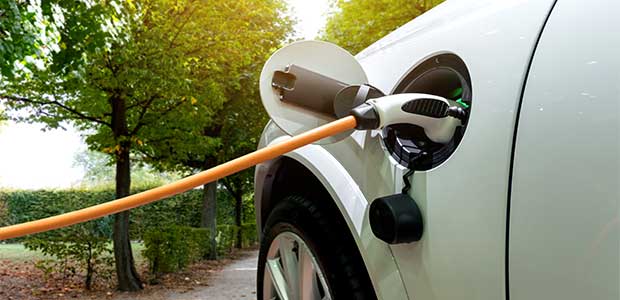
The industry must reduce emissions and focus on sustainable solutions for the future instead of relying on fossil fuels to power vehicles.

The country’s latest effort to become more environmentally conscious is to become completely carbon neutral by 2050.
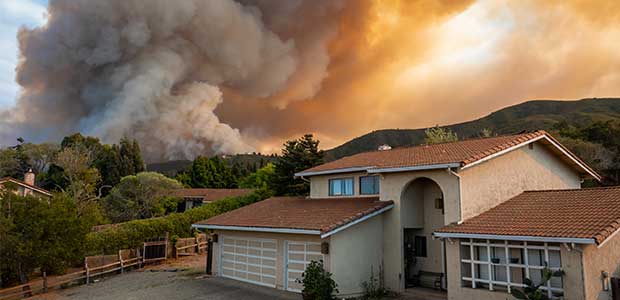
Lashing wire may have caused the devastating October Silverado Fire in southern California.

While news headlines regarding pandemic have all but flooded the media for months, many are noticing the increasingly obvious connections between the virus and the climate crisis. Climate policymaker Rhiana Gunn-Wright helps point out the connections between two of the biggest crises of our day.
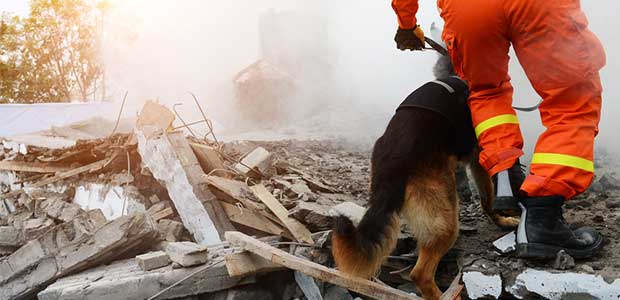
The National Resource Defense Council (NRDC) just released a report that argues how climate disruption is a growing danger to the health of indoor and outdoor workers. Read what the NRDC and researchers have to say.

Arctic fires are not necessarily uncommon, but recent fires up north last month are unlike previous blazes; intense arctic wildfires in June not only released record amounts of pollutants into the air, but it also pushed global temperatures dangerously higher.

The pandemic has meant less car pollution, but not much of a decrease in overall pollution. Why? Because car pollution is just one player.
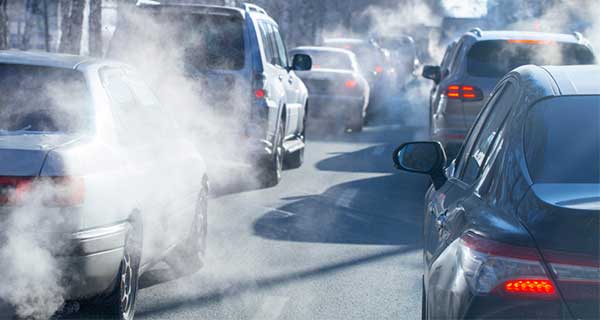
Coronavirus patients in areas with high air pollution are more likely to die from the infection. Here’s what you need to know—and some tips on reducing exposure to pollution.
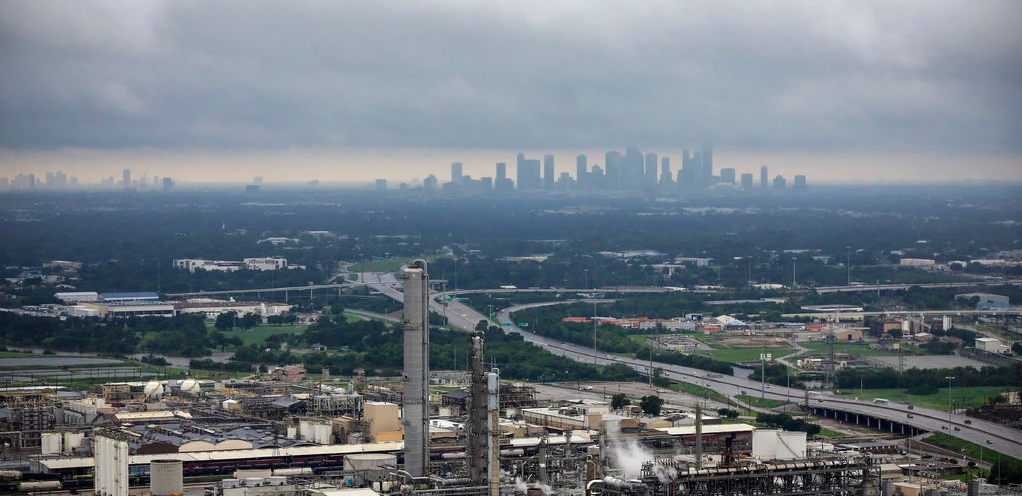
In response to the coronavirus pandemic, the EPA drastically reduced pollution rules for power plants, factories and other facilities.
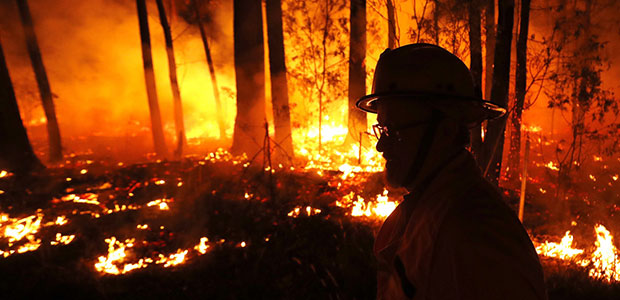
As brushfires in Australia rage into massive, destructive flames, the world watches people get displaced from homes and trees and animals burn. Here’s why there’s a crisis to begin with and what you can do, even thousands of miles away.

The relationship between pollution and health is well-established. We know that exposure to higher levels results in worse health outcomes by almost any measure. New research, however, is showing that we may not know all the ways pollution is making us sick.
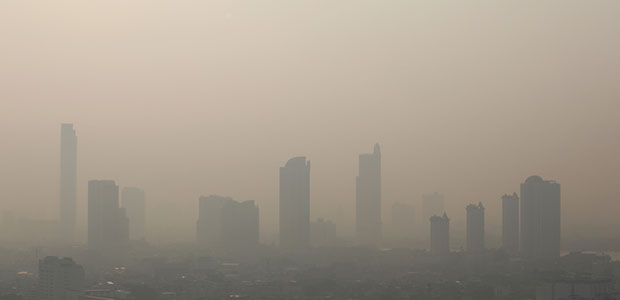
Earlier this week, researchers received $1.2 million to develop a model to better measure the effects of particulate air pollution on human health, according to the Milken Institute School of Public Health.

One recent study compared 100 global cities on their air pollution, infrastructure, congestion, associated driving costs, and incidents of road rage. Some of the findings might surprise you.
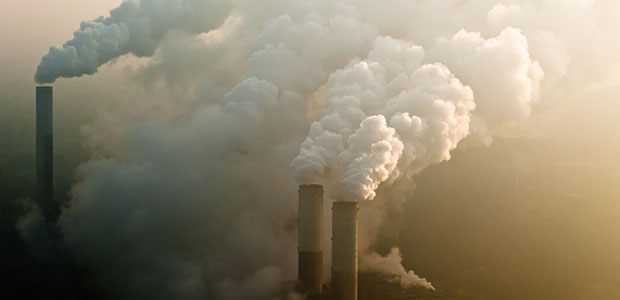
The Trump Administration is expected to roll back regulations on toxins released from coal plants. The change will specifically address the leaching of heavy metals like arsenic, lead, and mercury into water supplies.
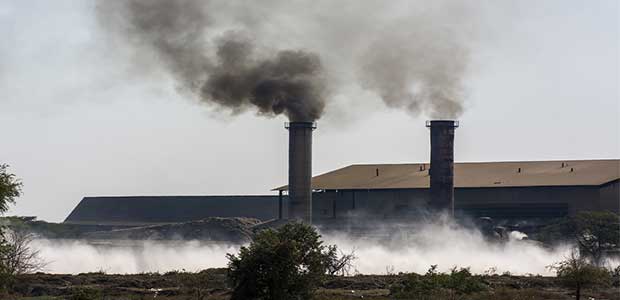
The EPA is requiring Chicago shredding and recycling company to comply with the Clean Air Act. The company needs to reduce air emissions by 98 percent.
The $939,852 being paid by the company as part of the settlement will purchase emergency response equipment for authorities in Columbia County, Ore. Dyno Nobel also will file revised estimates of its total ammonia releases and will update its Risk Management Plan.